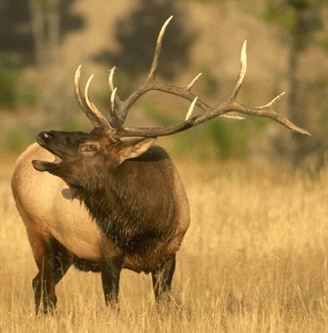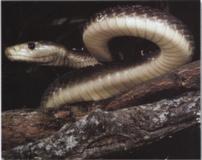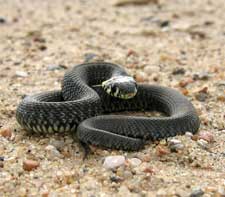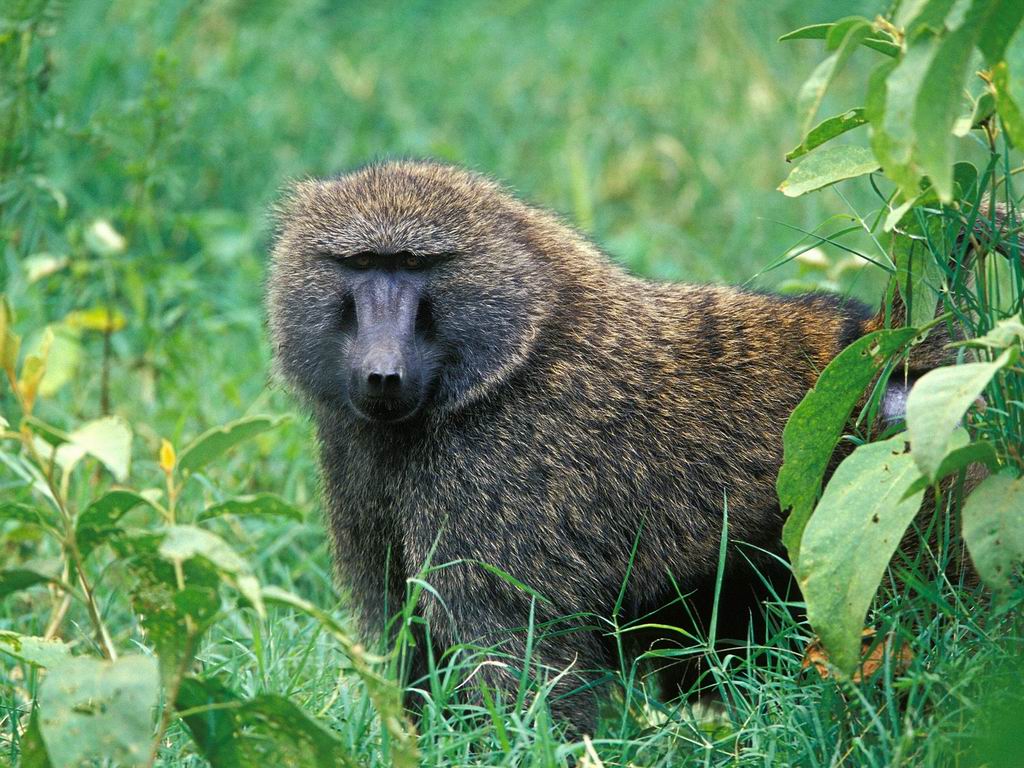Source google.com.pk
Dolphin Play With Kids
Extraordinary children are popping up everywhere - like a giant wave that's building momentum. There's James Twyman's Psychic Children, Kryon's Indigo Children, Dr. Richard Boylan's Star Kids, and recently I've heard of some special children in Russia. Are you ready for yet another group of special kids?
You'll find my introduction to Dolphin Children in the commentary that follows. They've actually been around for quite some time, just like all the other special kids. However, the numbers of these gifted children are increasing worldwide and it's time for their presence to be known - hence, they're all getting a lot of attention now and that's exciting! They bring a new vision with the ability to implement it.
The presence of the Dolphin Children won't come as a surprise to some of you, just like it was no surprise to learn of all the other unique children. I've met them here and there over the years and I knew what they represented the moment I laid eyes on them. I could feel an expanded level of awareness and intelligence in their presence and I would walk away with a warmth in my heart and new hope for our future.
(You may also wish to read related articles on the Dolphin-Human Connection, The Language of Dolphins, Voices in the Sea and New Heaven New Earth pages of this web site (See menu bar to the left).
The characteristics of Dolphin Children are interwoven with those of the Psychic Children, the Indigo's, the Star Kids - and vice versa. The most significant difference of Dolphin Children, though, is often their persistent smile and laughter, and their insatiable need to be near water - especially the sea.
They have a strong sense of liberty and freedom of spirit. In fact, they will become despondent - even severely ill - if they are forced into restrictive life-styles or forced to endure a home environment that is lacking in respect, sensitivity or encouragement.
When they are fortunate enough to be born into a family that honors their special gifts and talents, teach them with kindness, and discipline them with firm yet gentle guidance, they will grow up to be extraordinarily creative and vibrant individuals.
Dolphin Children are highly sensitive, with empathic natures. They are usually born telepathic and will use and keep this skill if they are not discouraged or taught out of it. Since they are telepathic, Dolphin Children may experience delayed speech, non-speech or symptoms of autism which can be overcome with appropriate therapies.
They are often found in the healing professions, especially the alternative healing arts. Their strong interest in the ocean and all its living creatures may lead them to pursue occupations like oceanography, sailing, or marine biology. They tend to have natural inclinations toward athletic pursuits - like swimming, scuba diving, water skiing, dancing or gymnastics.
They will usually have a strong interest in the field of sound - like toning, singing, music as well as technologies that utilize sound - both audible and inaudible. New technologies that offer non-verbal communication, interaction with the subconscious mind, and dimensional travel will be attractive to many Dolphin Children.
They are lovers and advocates for the welfare of animals, nature and the environment. They often show particular sensitivity and compassion for the disadvantaged ones: the disabled, the elderly, the weak, and the underdog.
They often have large, clear, beautiful eyes and a frequent smile. They are usually extra sensitive to sounds. Some may have slightly noticeable webbing between their fingers and toes. Some have even learned to move and expand their auric field at will which can be felt as a calming energy by animals and sensitive people. They may also tend to have frequent out of body experiences at night during sleep and may have lucid dreams of being underwater as a dolphin or swimming with them.
In addition, many adults - even higly credible folk with doctorates in medicine, psycology, and science - secretly believe that they are dolphins incarnated into human bodies. And, of course, until there can be greater public acceptance of such occurrences, these special adults will likely keep their secret and only disclose such information to those who have an open heart and an open mind.





Dolphin Play With Kids
Extraordinary children are popping up everywhere - like a giant wave that's building momentum. There's James Twyman's Psychic Children, Kryon's Indigo Children, Dr. Richard Boylan's Star Kids, and recently I've heard of some special children in Russia. Are you ready for yet another group of special kids?
You'll find my introduction to Dolphin Children in the commentary that follows. They've actually been around for quite some time, just like all the other special kids. However, the numbers of these gifted children are increasing worldwide and it's time for their presence to be known - hence, they're all getting a lot of attention now and that's exciting! They bring a new vision with the ability to implement it.
The presence of the Dolphin Children won't come as a surprise to some of you, just like it was no surprise to learn of all the other unique children. I've met them here and there over the years and I knew what they represented the moment I laid eyes on them. I could feel an expanded level of awareness and intelligence in their presence and I would walk away with a warmth in my heart and new hope for our future.
(You may also wish to read related articles on the Dolphin-Human Connection, The Language of Dolphins, Voices in the Sea and New Heaven New Earth pages of this web site (See menu bar to the left).
The characteristics of Dolphin Children are interwoven with those of the Psychic Children, the Indigo's, the Star Kids - and vice versa. The most significant difference of Dolphin Children, though, is often their persistent smile and laughter, and their insatiable need to be near water - especially the sea.
They have a strong sense of liberty and freedom of spirit. In fact, they will become despondent - even severely ill - if they are forced into restrictive life-styles or forced to endure a home environment that is lacking in respect, sensitivity or encouragement.
When they are fortunate enough to be born into a family that honors their special gifts and talents, teach them with kindness, and discipline them with firm yet gentle guidance, they will grow up to be extraordinarily creative and vibrant individuals.
Dolphin Children are highly sensitive, with empathic natures. They are usually born telepathic and will use and keep this skill if they are not discouraged or taught out of it. Since they are telepathic, Dolphin Children may experience delayed speech, non-speech or symptoms of autism which can be overcome with appropriate therapies.
They are often found in the healing professions, especially the alternative healing arts. Their strong interest in the ocean and all its living creatures may lead them to pursue occupations like oceanography, sailing, or marine biology. They tend to have natural inclinations toward athletic pursuits - like swimming, scuba diving, water skiing, dancing or gymnastics.
They will usually have a strong interest in the field of sound - like toning, singing, music as well as technologies that utilize sound - both audible and inaudible. New technologies that offer non-verbal communication, interaction with the subconscious mind, and dimensional travel will be attractive to many Dolphin Children.
They are lovers and advocates for the welfare of animals, nature and the environment. They often show particular sensitivity and compassion for the disadvantaged ones: the disabled, the elderly, the weak, and the underdog.
They often have large, clear, beautiful eyes and a frequent smile. They are usually extra sensitive to sounds. Some may have slightly noticeable webbing between their fingers and toes. Some have even learned to move and expand their auric field at will which can be felt as a calming energy by animals and sensitive people. They may also tend to have frequent out of body experiences at night during sleep and may have lucid dreams of being underwater as a dolphin or swimming with them.
In addition, many adults - even higly credible folk with doctorates in medicine, psycology, and science - secretly believe that they are dolphins incarnated into human bodies. And, of course, until there can be greater public acceptance of such occurrences, these special adults will likely keep their secret and only disclose such information to those who have an open heart and an open mind.
Dolphin Play With Kids

Dolphin Play With Kids

Dolphin Play With Kids

Dolphin Play With Kids

Dolphin Play With Kids

Dolphin Play With Kids
























